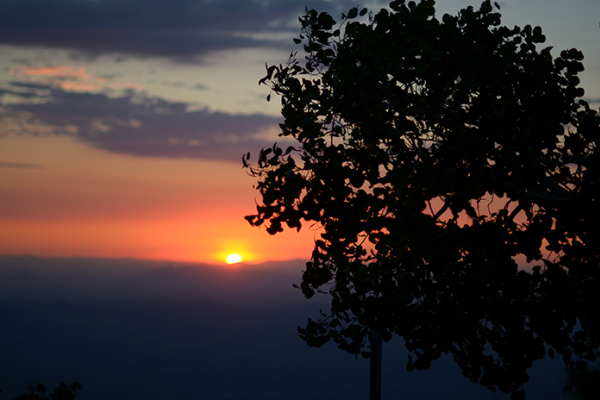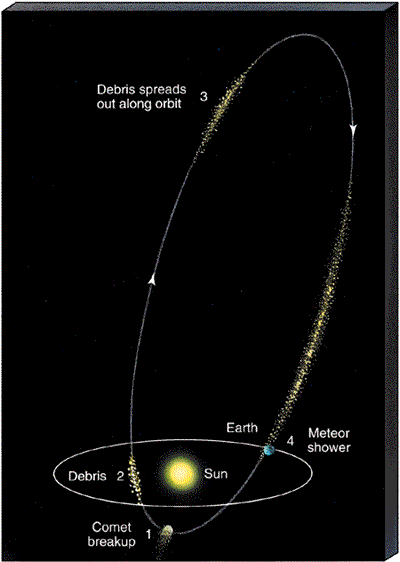What's Up? - Ohio Skylights July 2025

Constellations and Astronomical Events-- July 2025!
Happy July everyone-- I hope we all made it through the heat of June. We’re kicking off the month with sunrise at 6:07am and sunset at 9:04pm. We’ll be losing a little bit of daylight as we near the end of the month, ending July with sunrise at 6:29am and sunset at 8:46pm. The new moon will be visible on the 5th, and we will end the month with a full moon on the 21st.
This July will yield the best time to view Mercury in the night sky. On July 4th, it will be at its highest point above the horizon at night. Additionally, Saturn will begin its retrograde motion on July 13th, appearing to turn around and trek backwards along its path through the night sky.
We will also witness a few meteor showers, beginning with the alpha-Capricornids meteor shower from July 3rd - August 15. The peak of this shower will be around the 30th of July. We will also see the Delta Aquariids which is an average meteor shower happening annually from July 12 - August 23. This shower produces about 20 meteors an hour at the peak, which will occur on July 28th and 29th.
What is a Meteor Shower?
Comets are a combination of rock, dust, and ice traveling in an often very elliptical path around the Sun. When a comet nears perihelion-- the closest point to the Sun in its orbit --the Sun’s heat will boil off the comet’s ices, leaving a path of debris (called meteoroids) behind.
Sometimes, the Earth’s orbit will cross over a comet’s path, and these small debris pieces will burn up in our atmosphere, giving us meteor showers (Note: less frequently, meteor showers can be produced from the debris of asteroids rather than comets).
Meteor showers are named after the constellations where the meteors appear to be radiating from. For example, the Delta Aquariids seem to radiate from Aquarius.

Meteor Shower Fun Facts!
- We witness about thirty meteor showers each year
- A meteoroid is in space and becomes a meteor when it burns up in Earth’s atmosphere. This is what we would colloquially call a shooting star. Finally, a meteorite is that same piece of debris, just when it reaches Earth.
- If you look carefully at a meteor shower, you can see their tails all pointing back in the same direction. This is because they’re actually entering the atmosphere from the same angle, but because of how perspectives work, they appear more spread out than they actually are (think of how railroad tracks seem to merge together as you look farther away).
Sources:
- https://in-the-sky.org/newscal.php?month=7&year=2025&maxdiff=1#datesel
- https://www.timeanddate.com/sun/usa/columbus?month=7&year=2025
- http://www.seasky.org/astronomy/astronomy-calendar-2024.html
- https://www.nasa.gov/wp-content/uploads/2021/08/741990main_ten_meteor_facts.pdf
- https://spaceplace.nasa.gov/meteor-shower/en/
- https://www.britannica.com/story/whats-the-difference-between-a-meteoroid-a-meteor-and-a-meteorite
- http://lifeng.lamost.org/courses/astrotoday/CHAISSON/NAV/FRAMESET/FRAME14/IDX14-03.HTM
